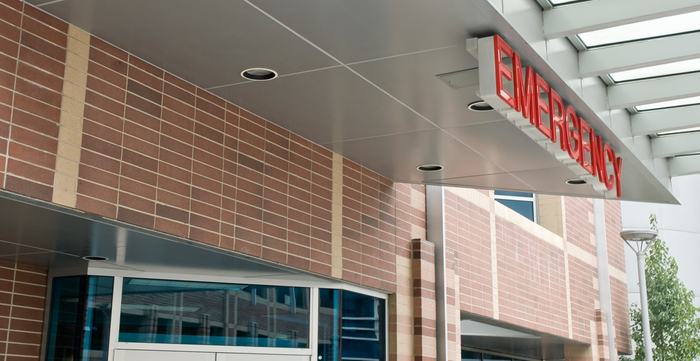
Feel better faster. Get care today.
From the clinic or your couch. Find high quality, same-day urgent care for you and your kids. Book an urgent care visit today.

Urgent care centers are different from emergency rooms in many ways. While
they provide many of the same services, they do not have the same pricing
schedules or wait times. Here is information you need to know about the
similarities and differences.
Here are the types of services urgent care center cover:
Here are some of the services that require an emergency room:
The main differences between an urgent care center and an emergency room is that while an ER could treat any of the urgent care issues, it is not recommended because emergency rooms are busier and more expensive. Also, it is important to note that urgent care centers may not be able to treat the illnesses listed for emergency rooms. That said, of the top diagnosis at both urgent care centers and emergency rooms, nearly 50% of them are the same.
The major difference in price between an urgent care center and emergency room visit is that the average urgent care visit costs patients $71-125 for basic care, with additional costs added for shots, x-rays, and labs. The average emergency room visit costs $1,318.
The average emergency room has a wait time of 2.4 hours, whereas urgent care
centers are able to see walk-in patients within 15-45 minutes
. However, that
wait time does not express the time patients will spend waiting for services
while in the doctor's office. In most cases, an urgent care center helps
patients through the system much faster, as its care is more limited and
specific.
Patients in ERs can expect to wait hours in their rooms if a more traumatic case enters the ER. In urgent care centers, patients rarely experience this type of issue, as major traumas are directed to ERs.
Both emergency rooms and urgent care centers are staffed with compassionate
health care providers. In most cases both facilities will have
doctors and
nurses available. Occasionally an urgent care center will have RNs or
NPs in
lieu of doctors
. Before you go, you should know the difference between doctors and nurse practitioners.
In most cases, your insurance will cover either an urgent care center or an emergency room. Exceptions include unnecessary visits and out-of-network facilities. However, patients should be aware that their co-pay is based on the facility they visit. It is usually much cheaper to go to urgent care centers than ERs.
Many urgent care centers offer x-rays, just like emergency rooms. In some areas, urgent care centers have MRIs, CAT scans, and in-house laboratories just like hospitals. Both urgent care centers and ERs are able to give patients shots, medications, IVs, and even treatment plans.
Neither ERs nor urgent care centers are equipped to deal with non-emergency,
chronic conditions. Patients with chronic needs such as depression or diabetes
need to be seen by a primary care physician.
Being informed about the differences and similarities between these kinds of care is important. Whether you choose to receive care from an urgent care center or an emergency room, it is important to follow-up with additional treatments as necessary. Ready to find urgent care near you?
Conditions such as the flu, common cold, minor injuries like sprains, and after-hours care are typically treated at urgent care centers.
Serious conditions like major trauma or accidents, loss of consciousness, heart attacks, chest pain, and uncontrollable bleeding require a visit to the emergency room.
Yes, on average, an emergency room visit costs significantly more than a visit to an urgent care center.
Yes, typically, the wait times at an emergency room are longer than at an urgent care center.
Yes, both urgent care centers and ERs can provide shots, medications, IVs, and even treatment plans.
In most cases, insurance will cover visits to both urgent care centers and emergency rooms. However, co-pays may be higher for emergency rooms, and some visits may not be covered if they are deemed unnecessary or if the facility is out-of-network.
Many urgent care centers offer similar diagnostic services as emergency rooms, including x-rays, and in some cases, MRIs, CAT scans, and in-house laboratories.
No, neither urgent care centers nor emergency rooms are equipped to deal with non-emergency, chronic conditions. These should be managed by a primary care physician.

From the clinic or your couch. Find high quality, same-day urgent care for you and your kids. Book an urgent care visit today.